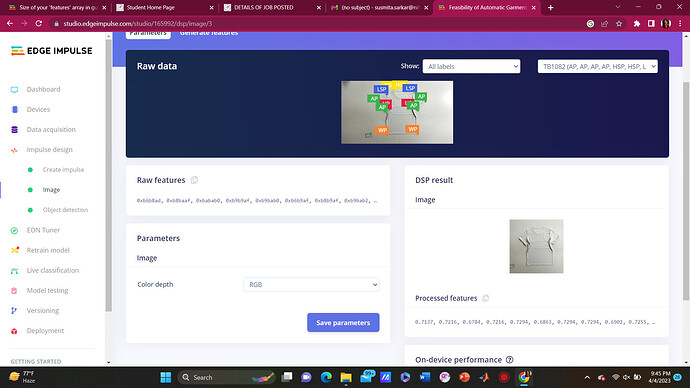Hello, could you please tell me what is the difference between raw features and processed features?
In Edge Impulse Studio, raw features refer to the raw sensor data that is collected by a sensor during a data acquisition session. Raw sensor data is often noisy, redundant, and may contain information that is not relevant to the task you are trying to perform.
To extract relevant information from the raw sensor data, Edge Impulse provides several signal processing blocks that can be used to transform the raw data into more useful features. These processed features are computed by applying signal processing algorithms such as filtering, feature extraction, or feature selection to the raw sensor data.
The main difference between raw features and processed features is that raw features are the original sensor readings, while processed features are the transformed, cleaned, and compressed sensor data (often have values between 0 and unity). Processed features are typically more compact and meaningful than raw features, making them easier to work with and more informative for machine learning models.
Raw features can be useful in certain situations, such as when the raw data itself contains the relevant information for the task at hand, or when you want to experiment with different signal processing algorithms. Processed features, on the other hand, are often more effective for machine learning tasks as they provide a more concise representation of the underlying data.
In Edge Impulse Studio, you can use the Signal Processing block to apply various signal processing techniques to the raw sensor data and extract processed features. The processed features can then be used to train machine learning models and perform predictive analytics.
Wavelets recently came out as well.
